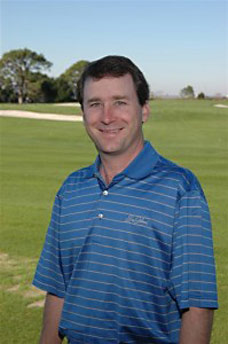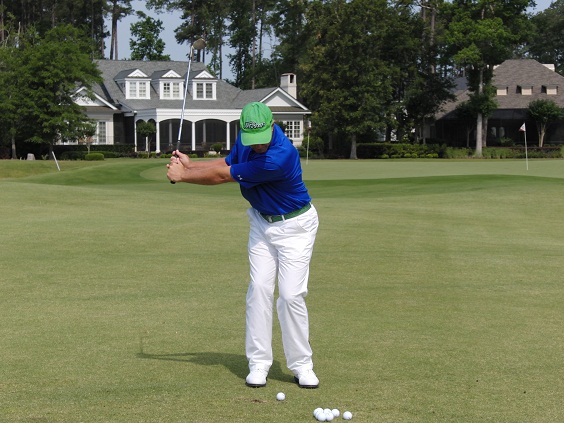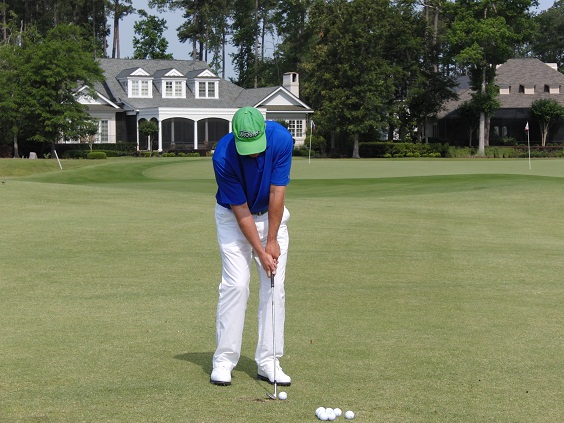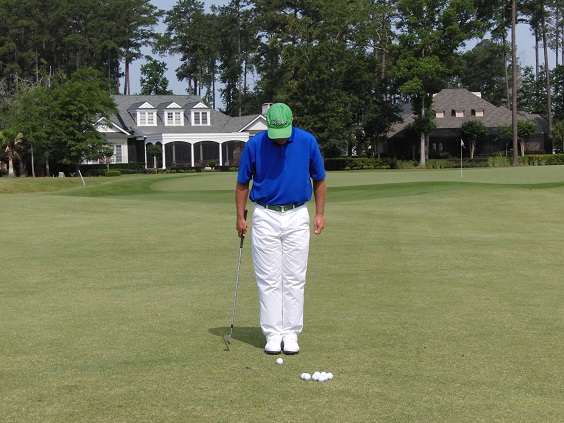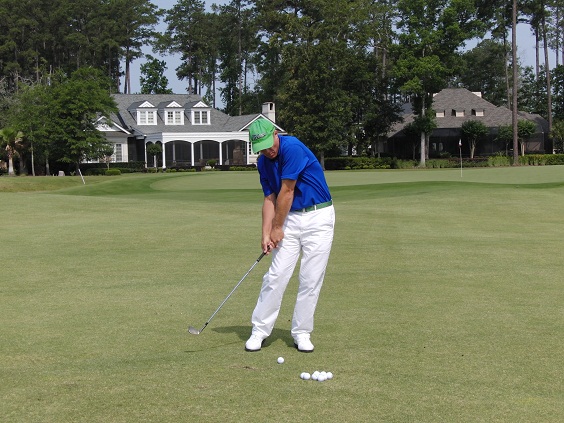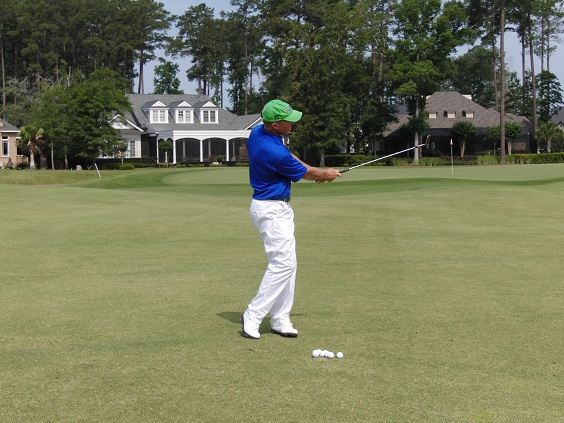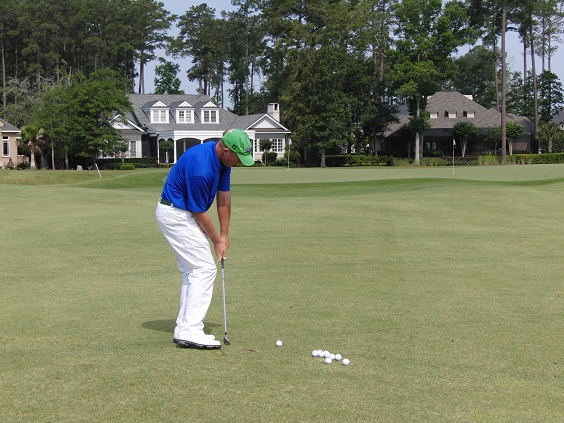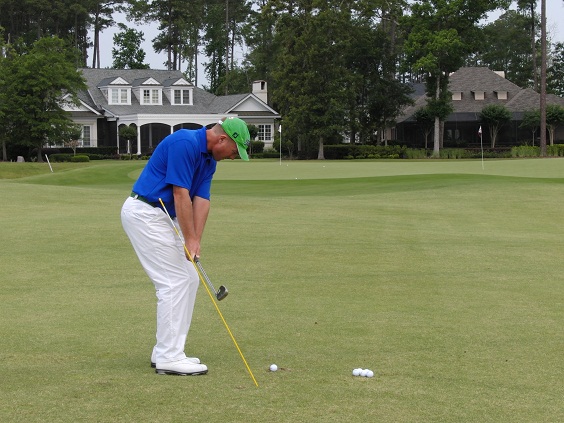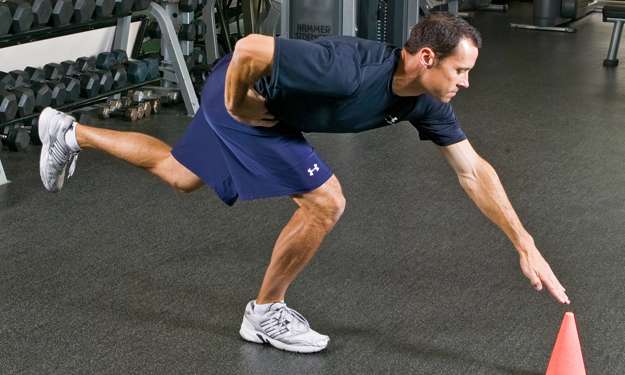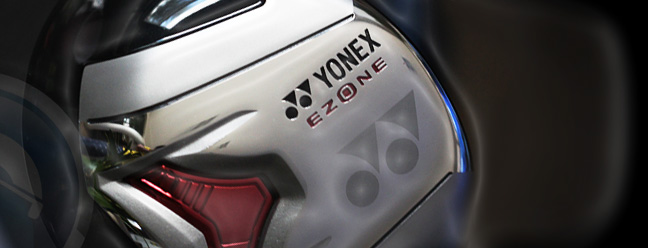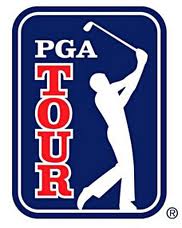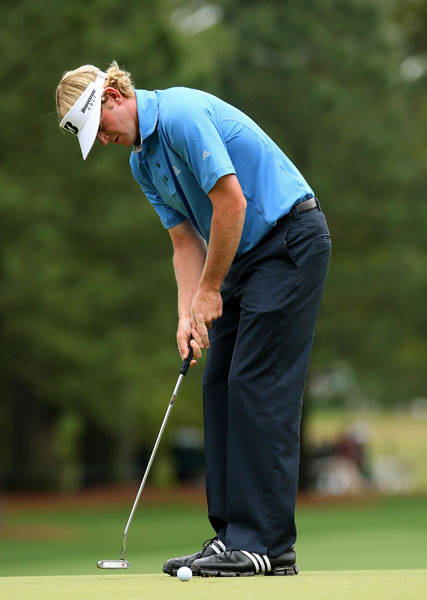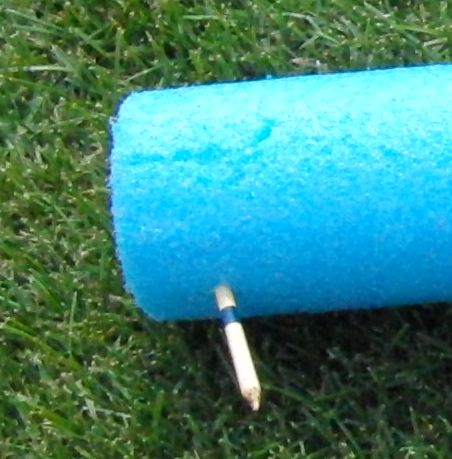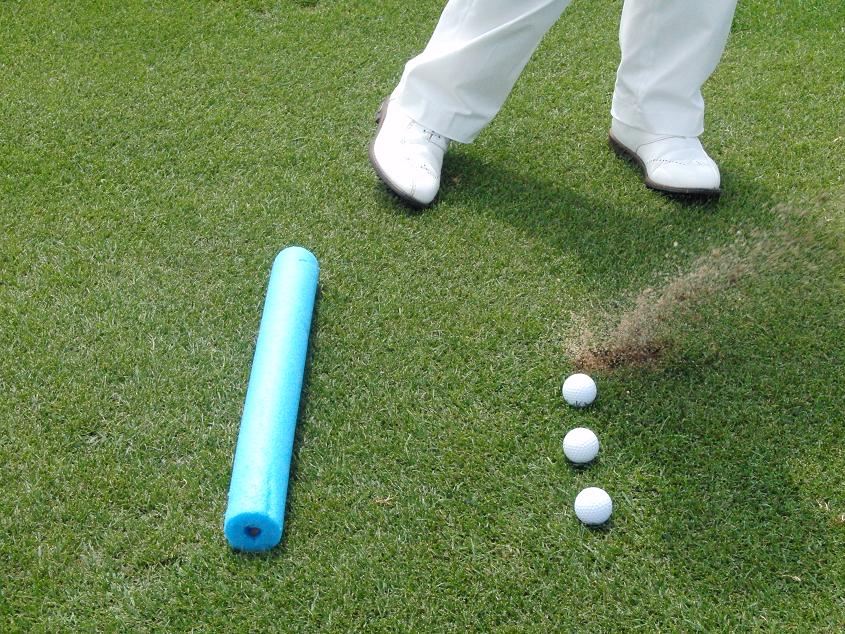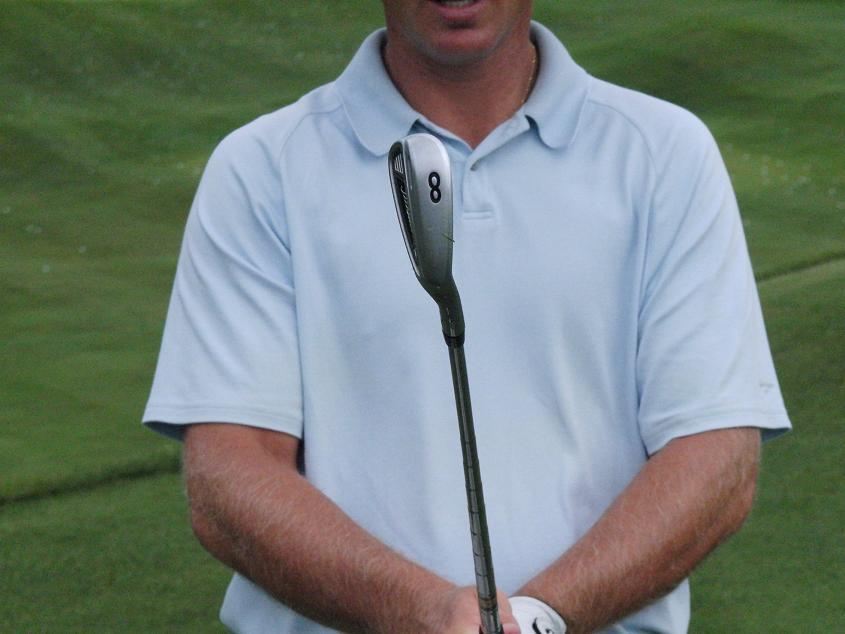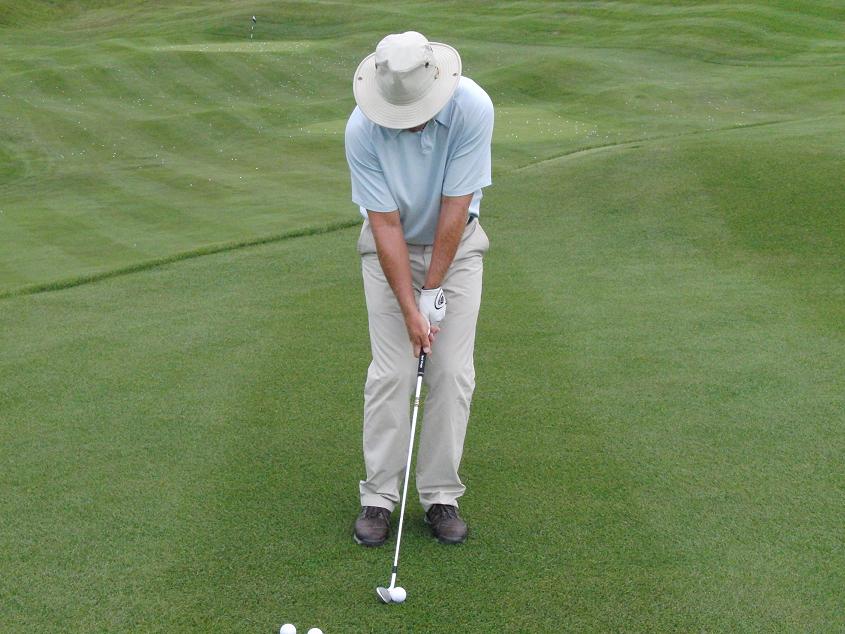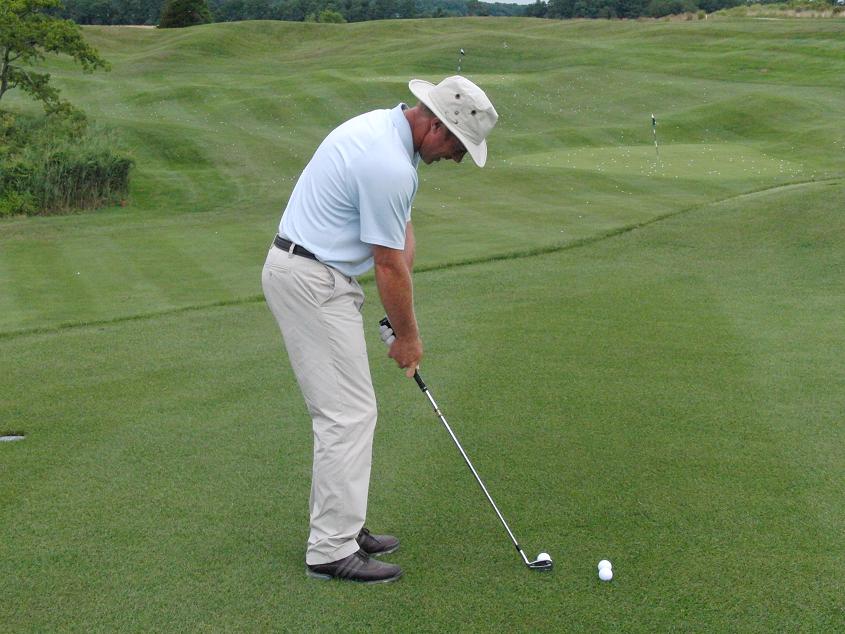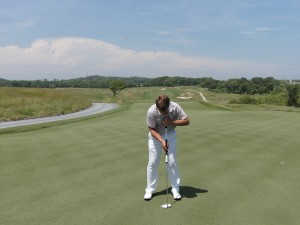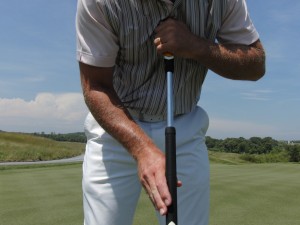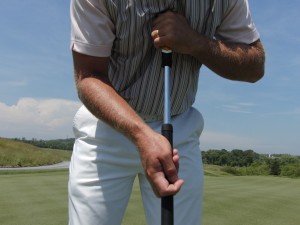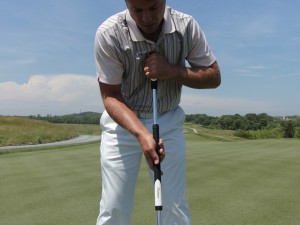An Interview with Dr. Mo
/Morris Pickens, or Dr. Mo as he is most often called, has quietly become the "guru" of golf-focused sports psychologists. When you look at him or spend time with him he is just a regular guy from Orangeburg, S.C., who loves college football almost more than golf. What you wouldn't realize is that Dr. Mo is one win away from completing the mind coach Grand Slam - his students have won the Masters, the US Open and the Open Championship in recent years and with the young stable of players he is currently advising the PGA Championship could be added sooner rather than later. He currently works with Nick Watney, Lucas Glover, Zach Johnson, Kyle Stanley, Jonathan Byrd, Stewart Cink, Will McGirt and Justin Leonard.
I recently had the pleasure of spending some time with Dr. Mo on a golf trip and asked him a few questions about his philosophy and what he works on with the various tour players....
What's the best advice you could give the average golfer?
Practice the game how it is played. There are scoring clubs and there are advancing clubs (irons). The scoring clubs are the driver, the wedges and the putter - focus on getting better with those when you practice.
Would you say something different to a young, aspiring golfer?
I would always encourage them to key in on the scoring clubs, but do this in more of a competitive environment. Have closest to the hole and up and down contests or see who can hit the straightest drive on the course. Basically, find players who are good and challenge them with the scoring clubs.
What are the biggest mistakes you see golfers make?
Golfers very often rely too heavily on technique or lessons. They seem to think that the "right swing" or a golf guru will turn their game around instead of realizing that working hard on the important aspects of getting the ball in the hole is what will really make a difference to their game.
You are big on scoring. How do you get your players to practice, and ultimately get better, with the scoring clubs?
I like to have them play a few games that isolate the scoring clubs. My favorite is a game called Drive and Five: You play seven holes - so play a nine and skip the par threes. You hit two tee shots off each tee box, pick them up and then advance closer to the green where you finish out one ball from anywhere between 40 and 120 yards and another from somewhere around the green. Par is five for each hole and you keep track of how many shots it takes you to get the two balls into the hole. The catch is that you add one stroke for each ball that finds the rough off the tee and two strokes for each ball that finishes in a hazard, bunker or trees. A tee shot in the fairway adds nothing to your score. Par is 35 strokes and that's really hard to do. Zach Johnson once scored 30 - that's really amazing! This game really illustrates how you're doing with the scoring clubs and takes just over an hour to do.
I also like Wedge Worst Ball: Here par is three you go on the course and play two balls into each green from anywhere between 60 - 90 yards out. You select the shot that's furthest from the hole and play out from there, but make sure you select the worst putt too. It's almost like a scramble in reverse - if you have a four footer you need to make it twice!
How much time do these top golfers dedicate to their putting each week?
In the off season I would say 4-5 hours a week and during the season it's more like two hours per week. That doesn't include pre round warm ups or post round practice sessions.
When Zach Johnson won the Masters in 2007 legend has it that he planned to lay up on all the par fives for the week. Was that really the case?
No. We had devised a checklist that he had to go through before attempting to hit any par five in two that week. The points on the check list were as follows: He had to have less than a 3 iron to reach the green; he had to have a good lie; he had to have a level stance and the pin had to be in an accessible location. On Sunday he had 209 yards into the 13th green with 190 to carry the water which would be a comfortable 4 iron for Zach. The shot had a hanging lie which meant it did not meet the required criteria so he layed up and made birdie with his scoring clubs.
This is fantastic information that I know we can all benefit from. I have been around sports psychologists before and I found it interesting how Dr. Mo seemed to help golfers with a game plan - he provides them with a formula for practice and play that points them in the direction of improved performance and lower scores. If you would like to look Dr. Mo up check out his website. He has also written a very helpful book series Learn to Win....check it out too.
Anyone up for a game of Drive and Five before dinner?


